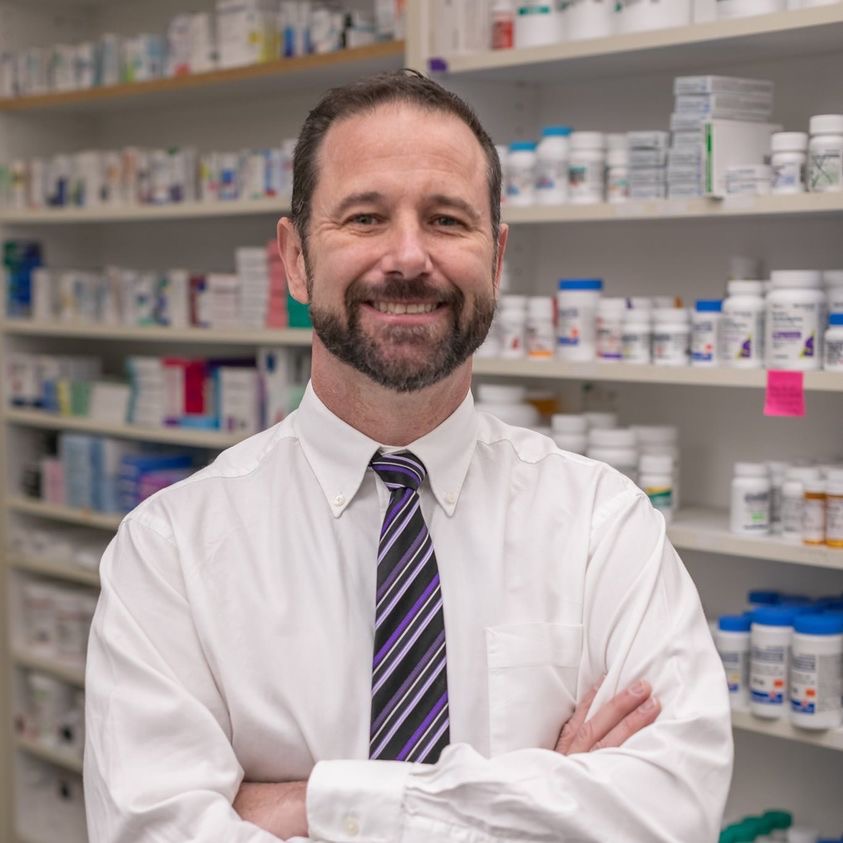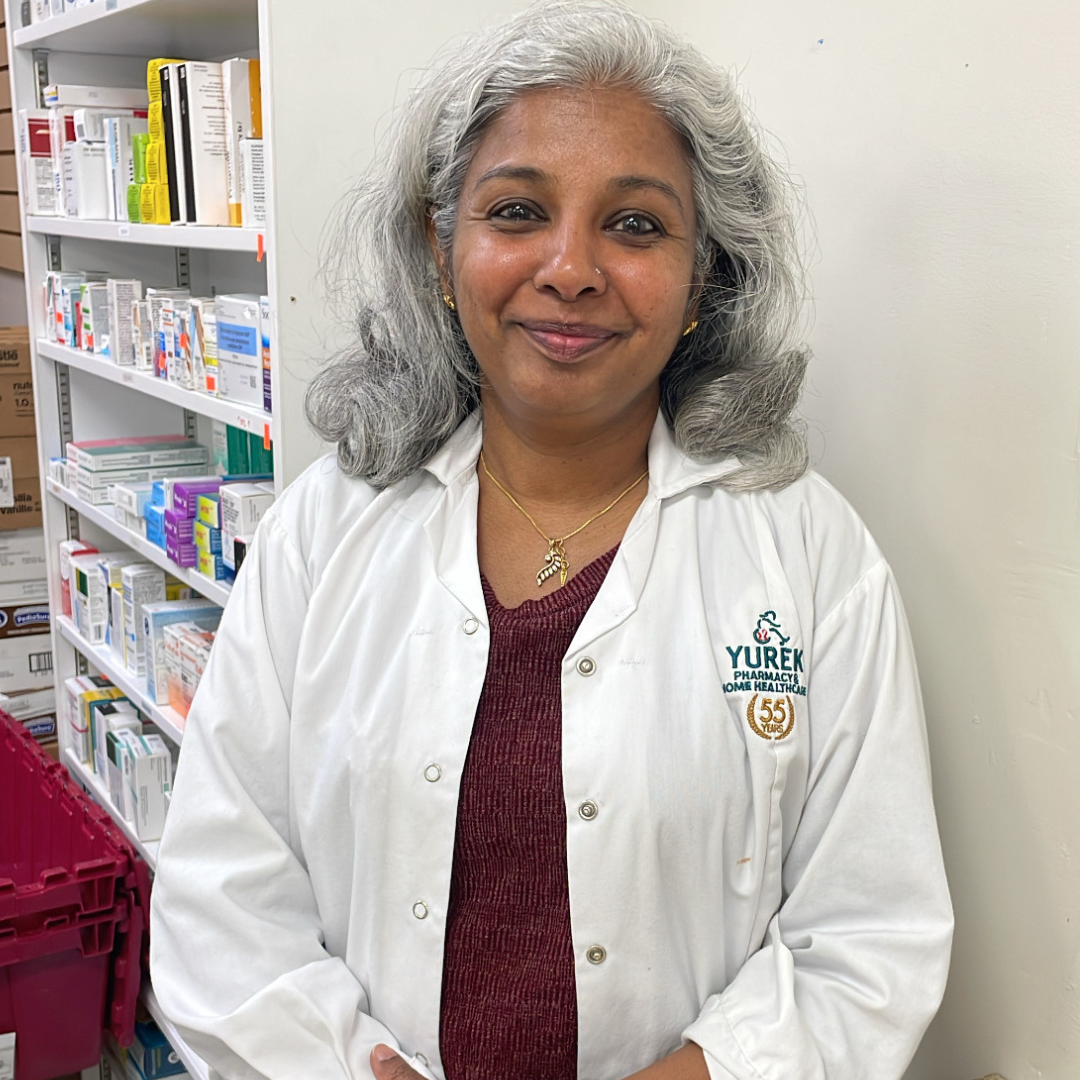by Steve Bond, BScPhm, RPh, CDE
August is a time to raise awareness to the flight of those Canadians affected by Spinal Muscular Atrophy (SMA) SMA is classified as a group of genetic conditions that affect 1 in 6000 babies born each year in Canada. SMA is characterized by wasting away of motor neurons in the spinal cord which control the voluntary muscles of the body. This progressive muscle wasting can affect walking, swallowing, posture and even breathing.
There are four types of SMA:
- Type I: also called Werdnig-Hoffman disease. It is the most common and form of the disease and symptoms begin within the first 6 months of life. Many children with Type 1 SMA do not live past the age of two
- Type II: children show symptoms between 6 and 12 months of age and while they can sit without assistance, they cannot walk on their own. Depending on symptoms, those born with Type 2 can have a normal lifespan
- Type III: also called Kugelberg-Welander disease develops between the ages of 2 and 17 years. Symptoms resemble those of muscular dystrophy, and some children can walk with difficulty while others use a wheelchair
- Type IV: occurs most frequently in adults. The symptoms of this form are less severe but can present with challenges to individuals who were otherwise healthy.
There is no cure for SMA. But there is hope. Three new medications are available in Ontario.
Spinraza® (nusinersen) is injected directly into the spinal cord every 4 months. It is indicated for Types I, II and III and showed improvements in motor function and disease control in patients from toddlers to young adults.
Zolgensma ® (Onasemnogene abeparvovec) uses a virus to “infect” cells with a new working copy of the defective gene, SMN1. It is given as a one-time intravenous (into the vein) injection. Initial trials were promising- significantly increasing survival rates in the most severe forms of the disease.
The final therapy, Evrysdi® (Risdiplam) is the only medication that can be given orally. Like other treatments, Evrysdi showed improved or maintenance in motor function.
New therapies certainly give a glimmer of hope. For now, we can advocate for patients with SMA and their family to get the physical, emotional, and societal support they need. Access to medications, assistive devices, employment opportunities and accessibility can support those dealing with this rare but serious condition. Take care of yourselves and each other.








